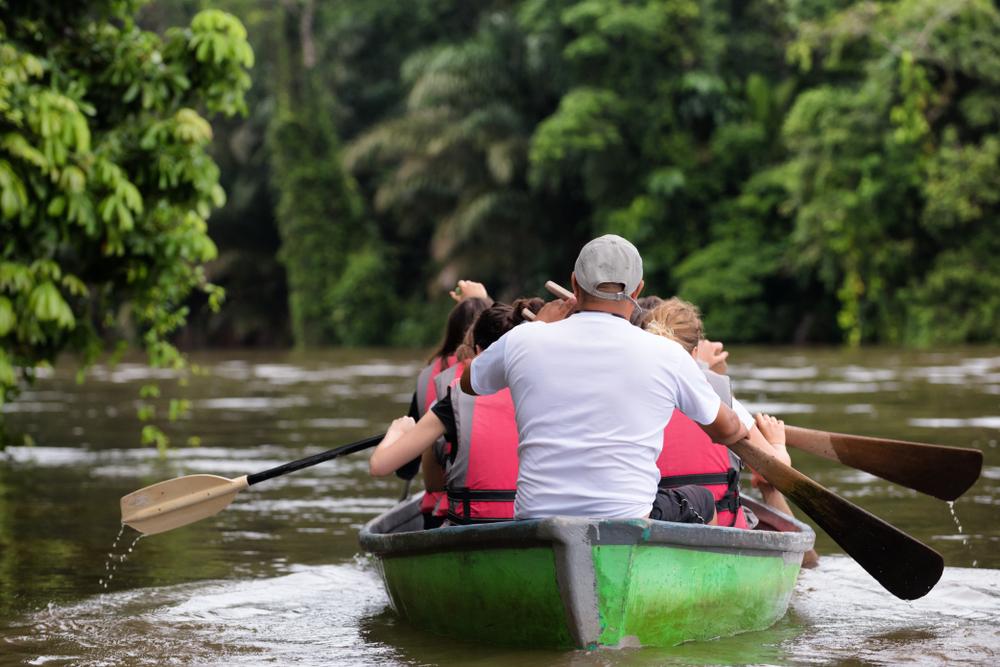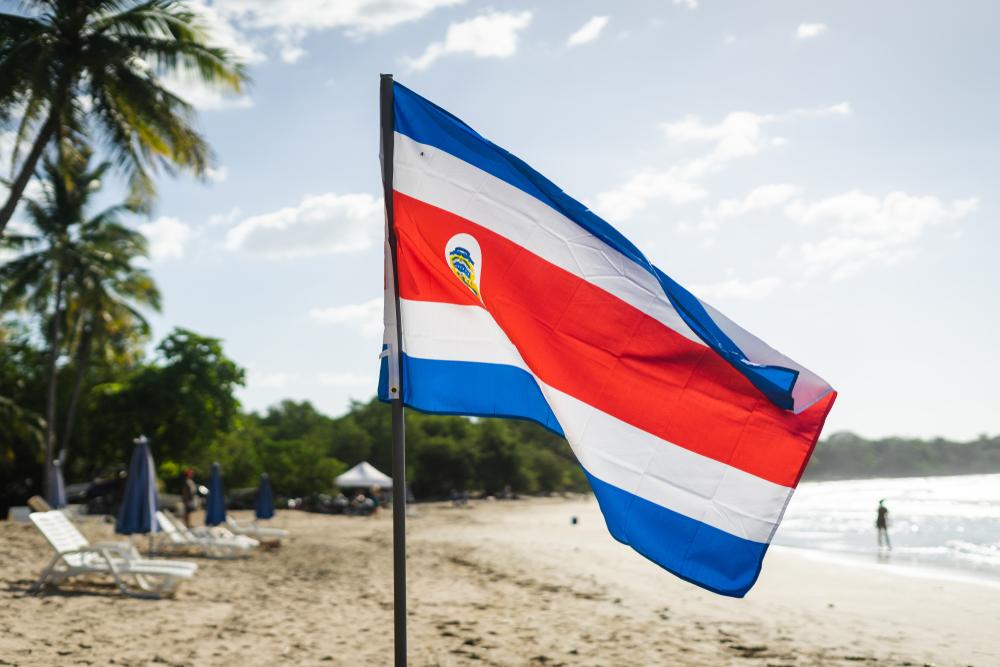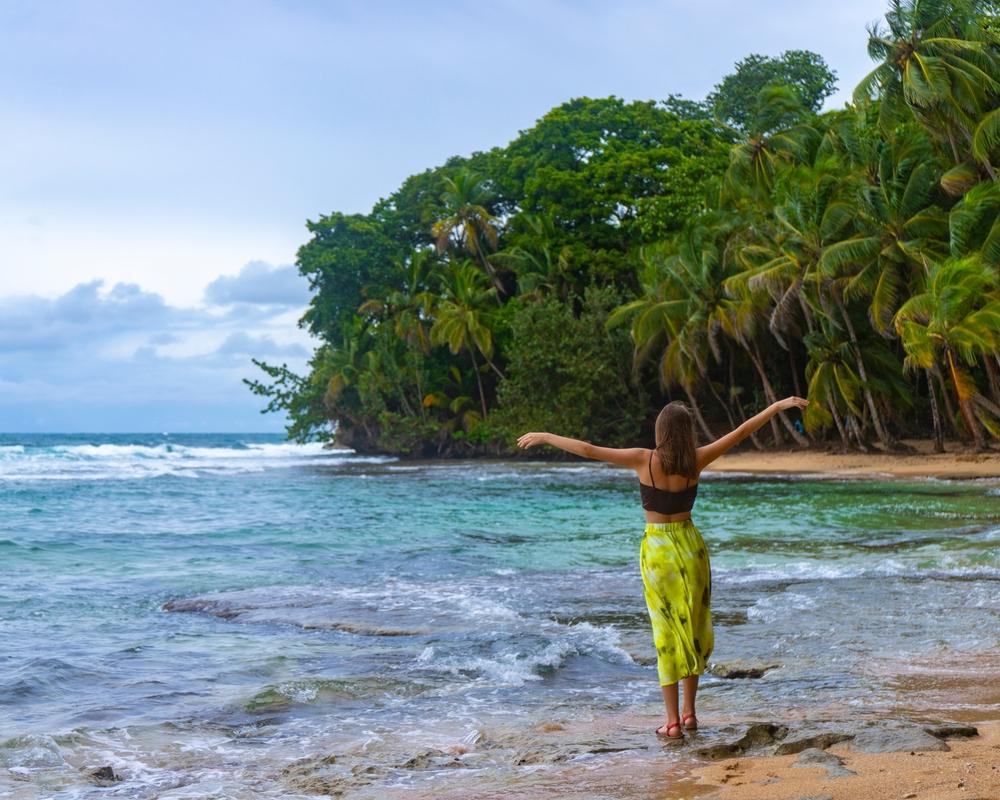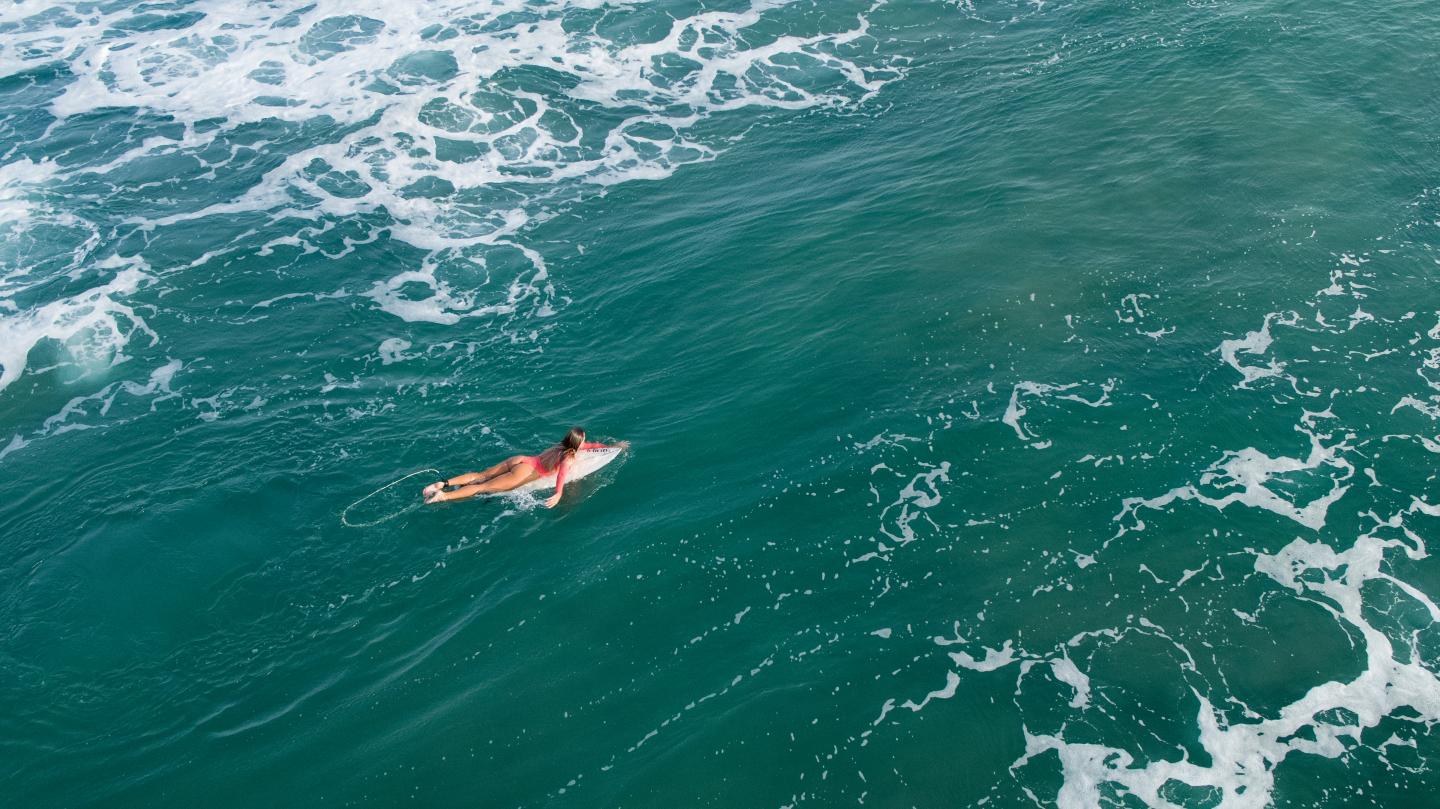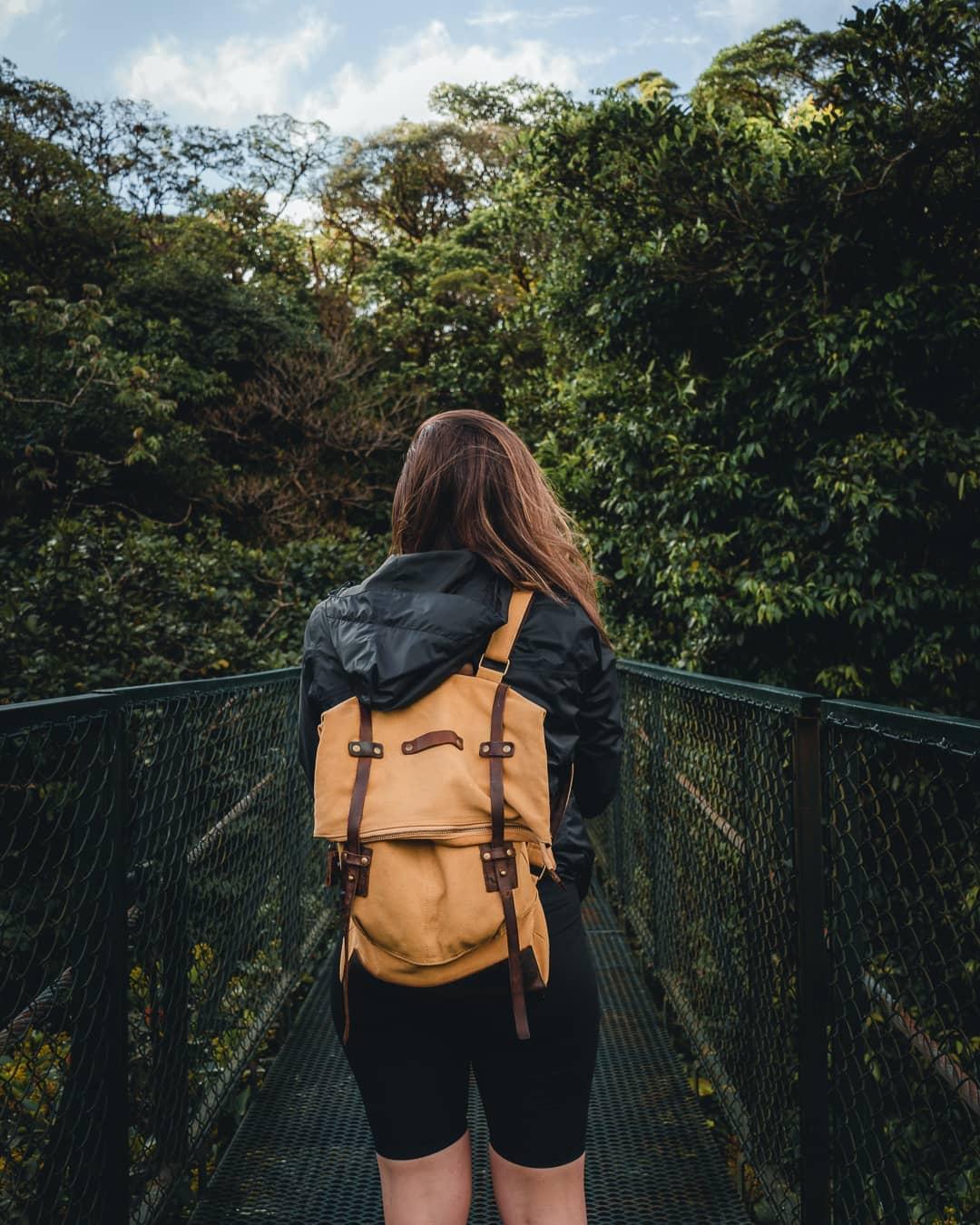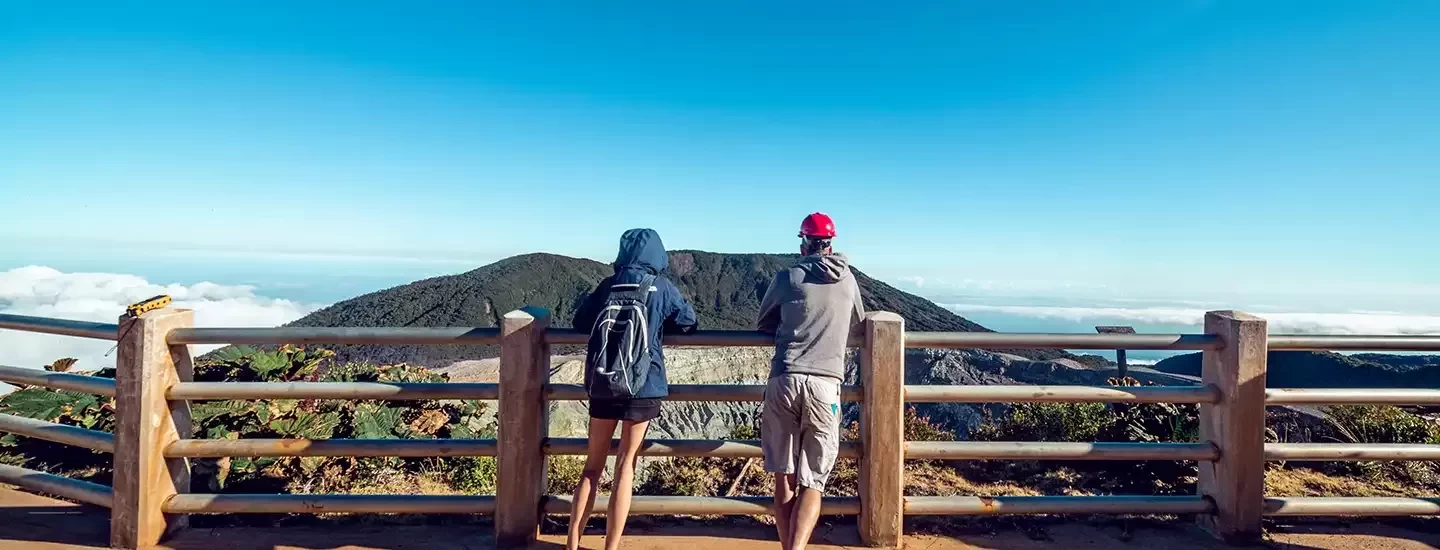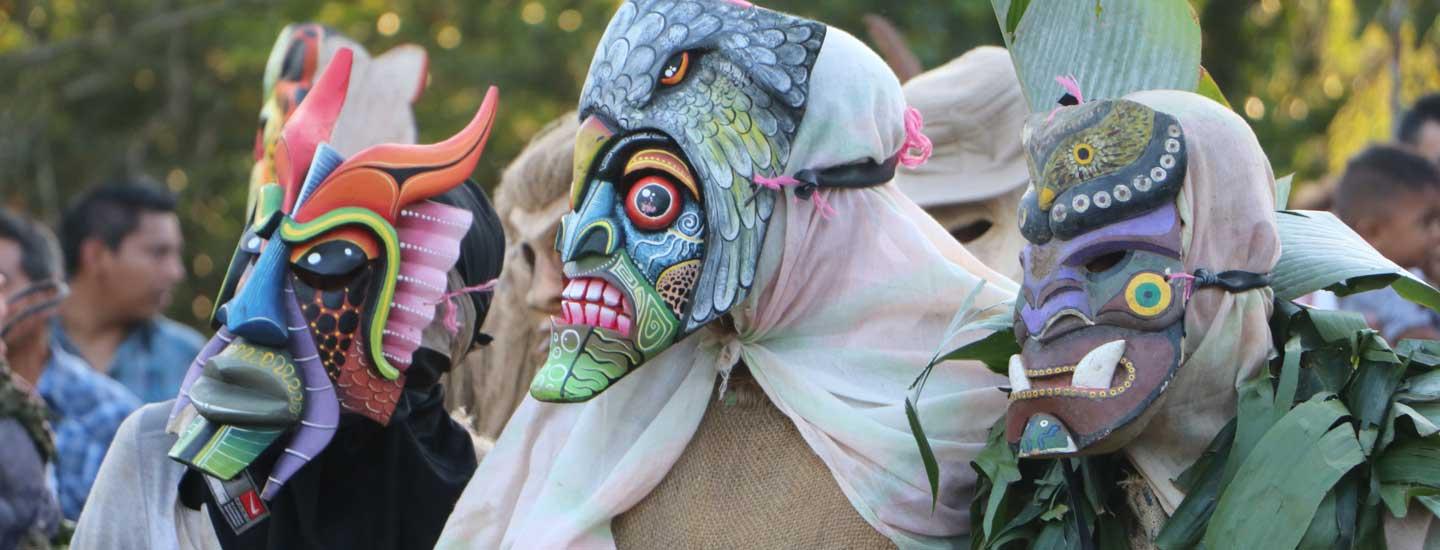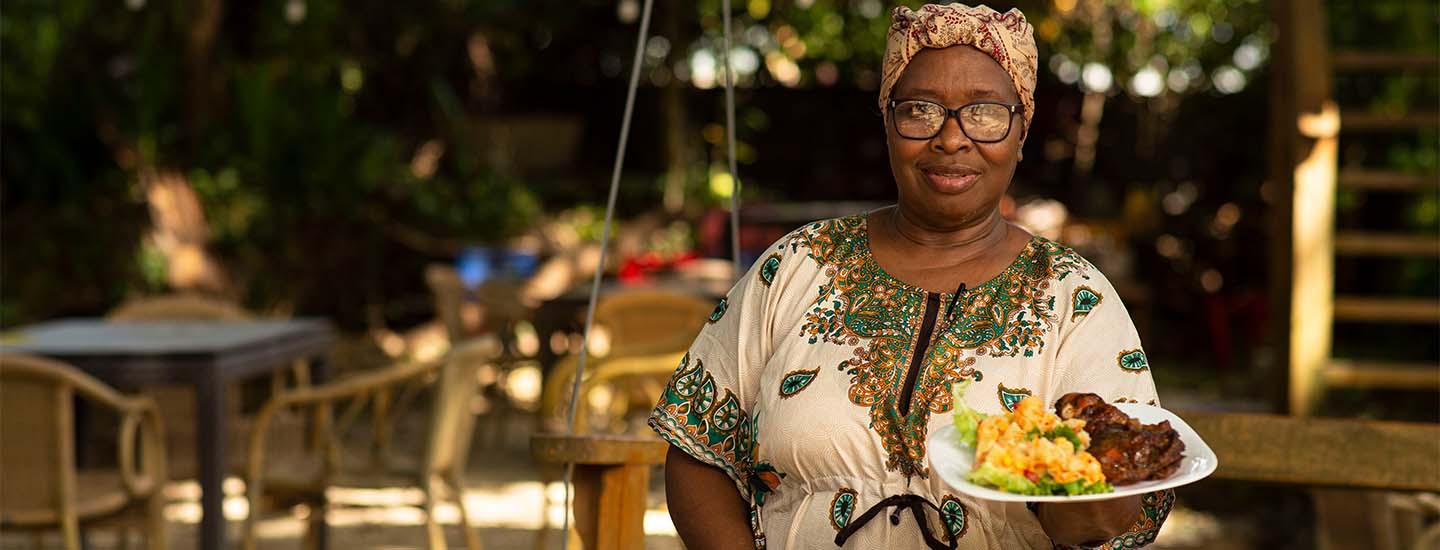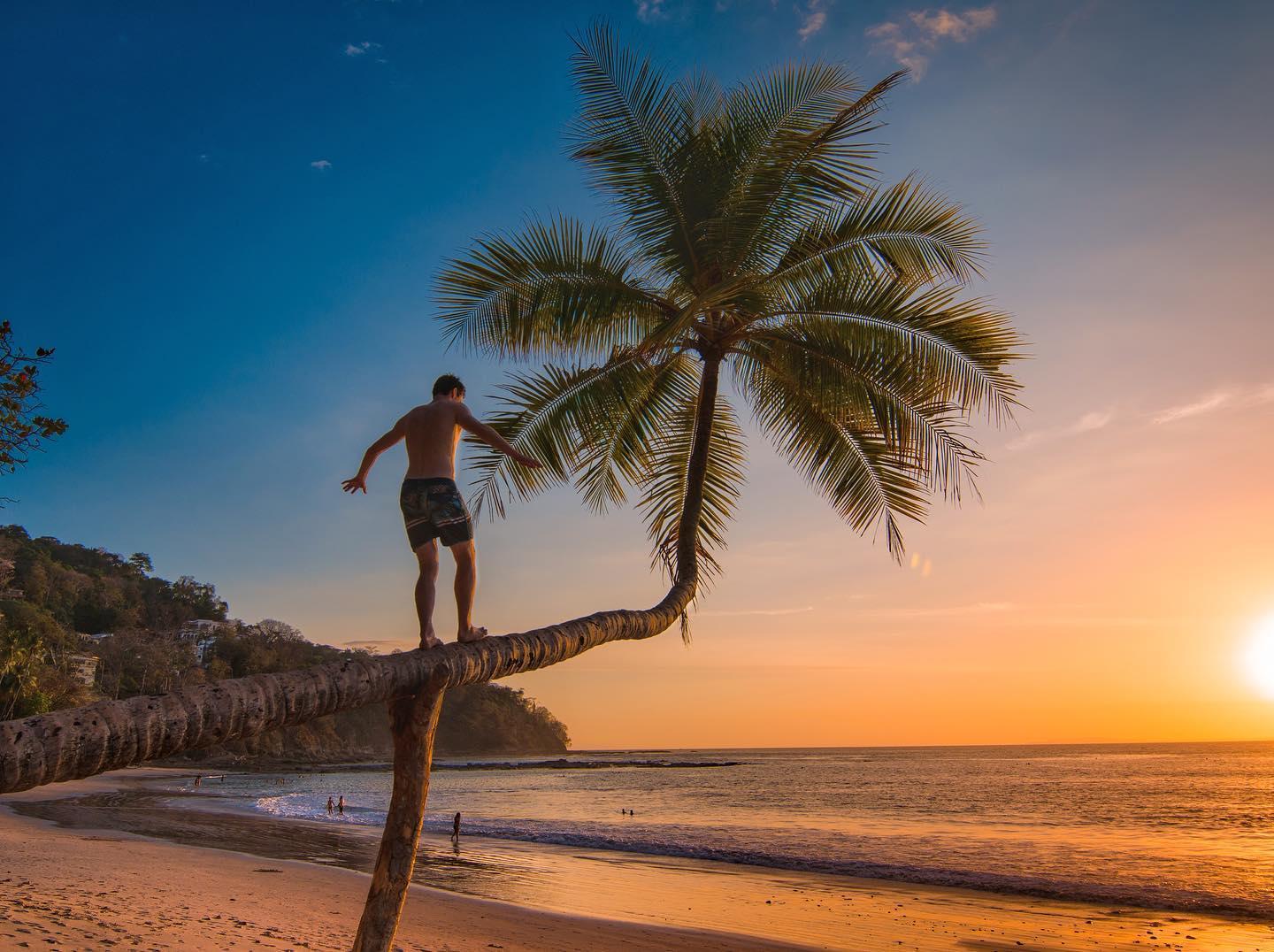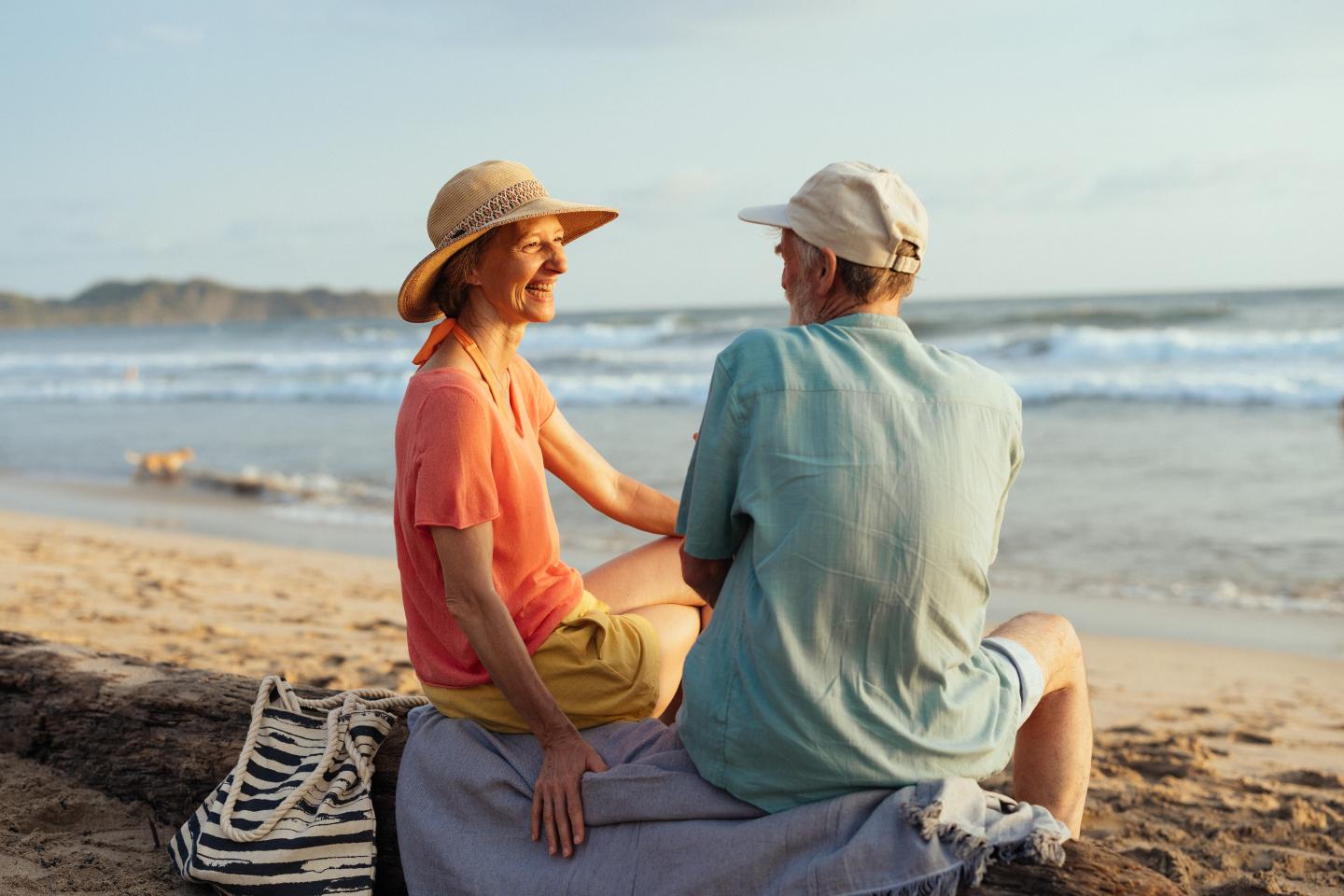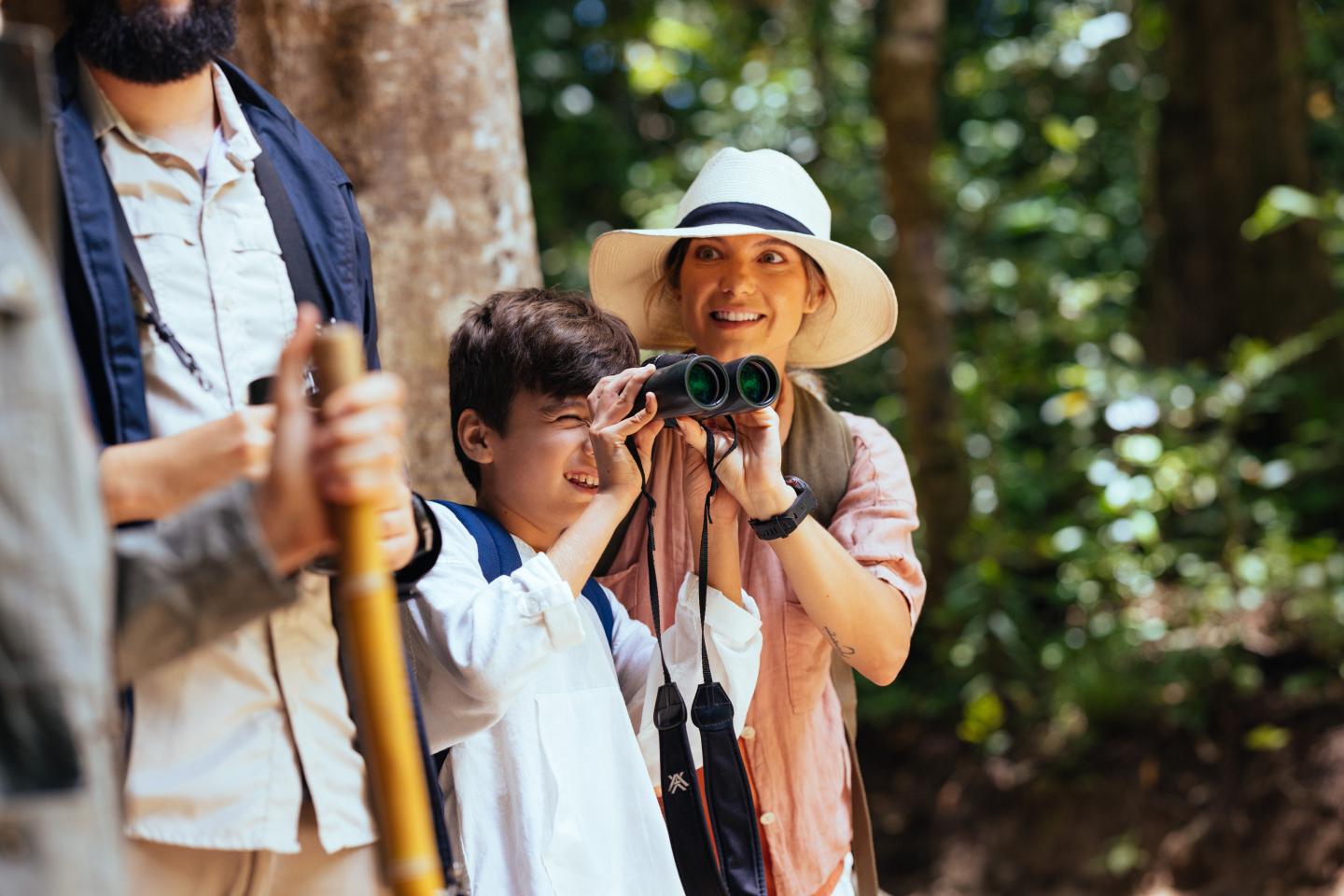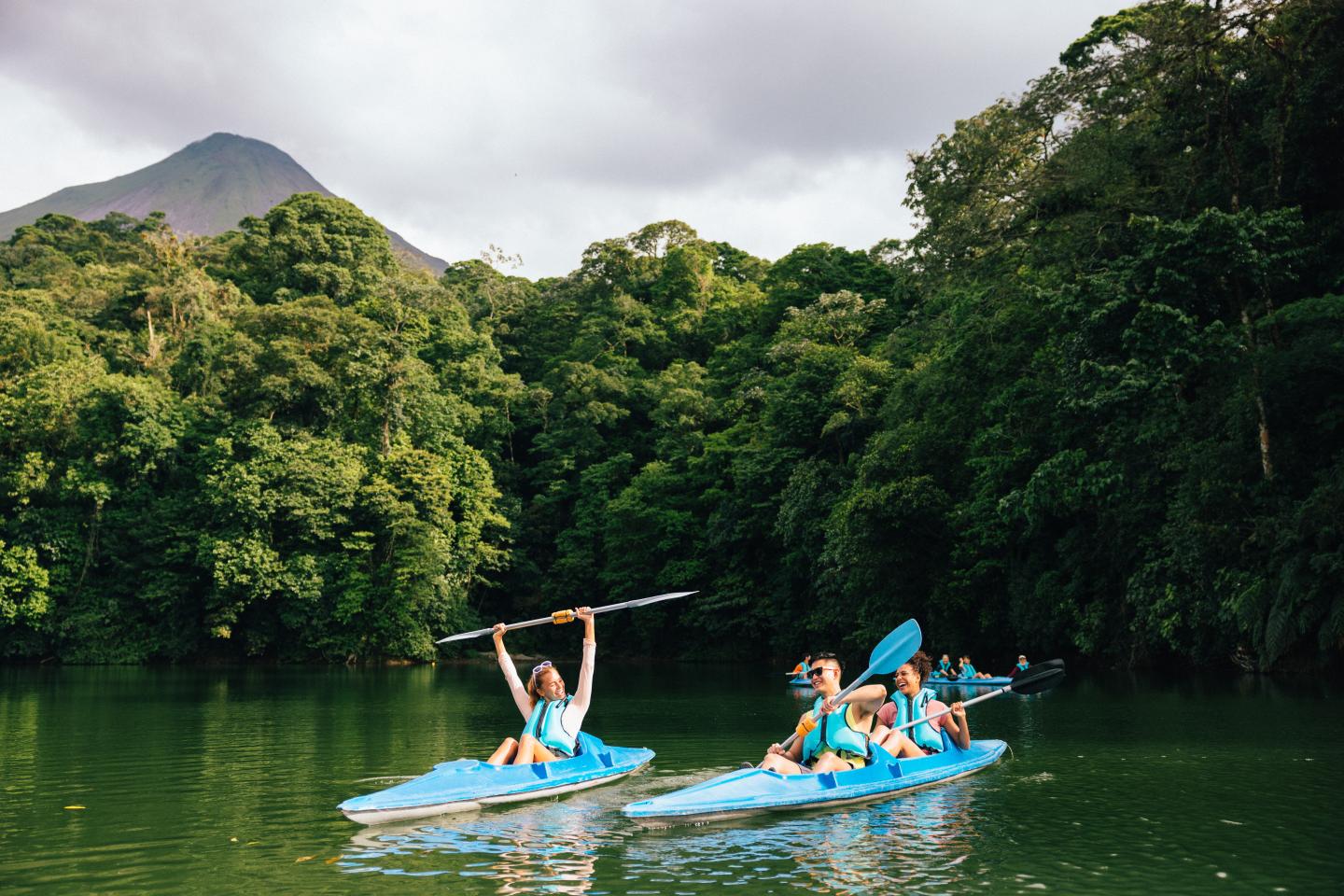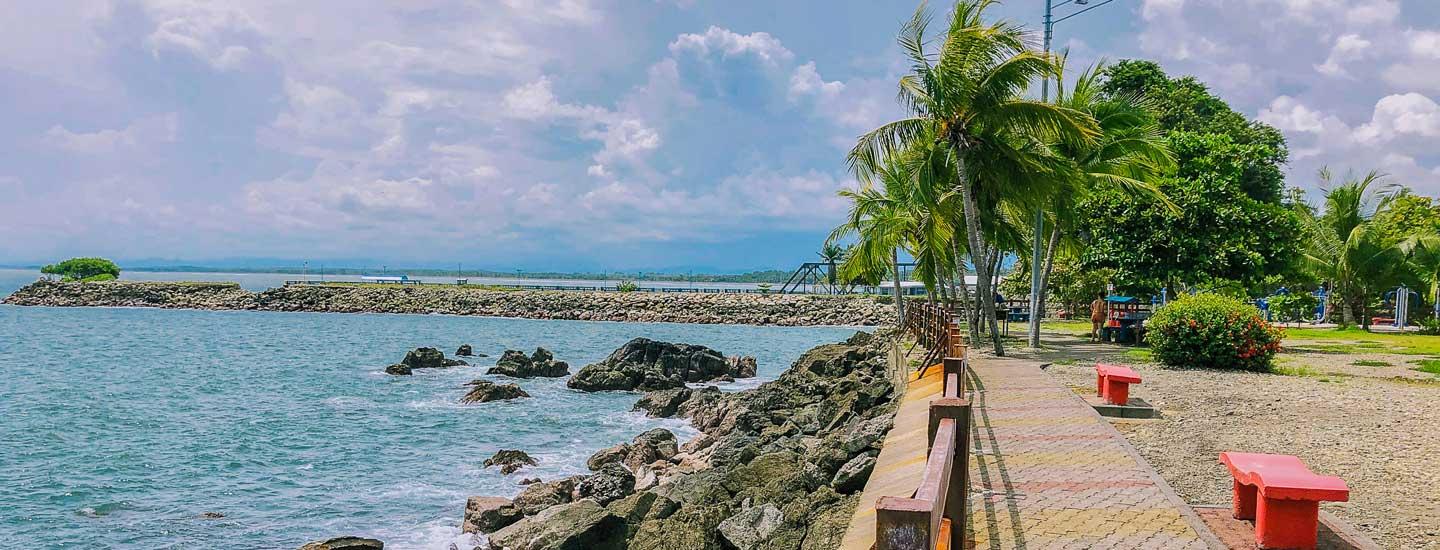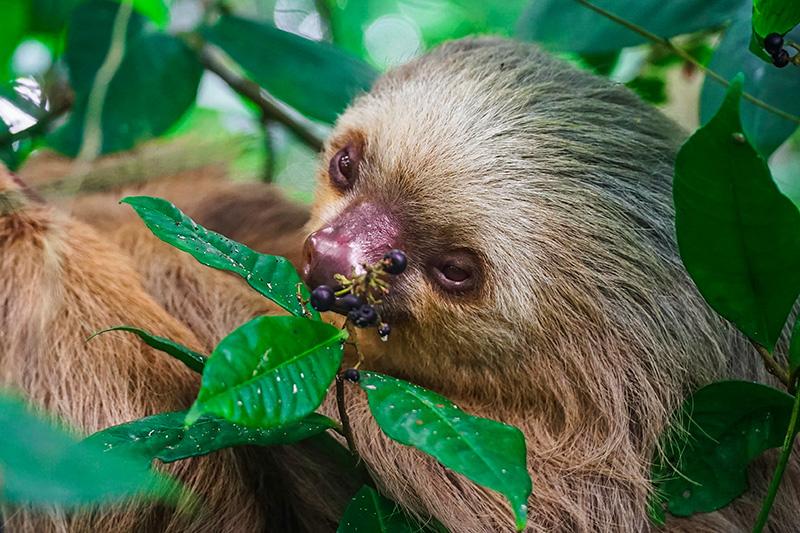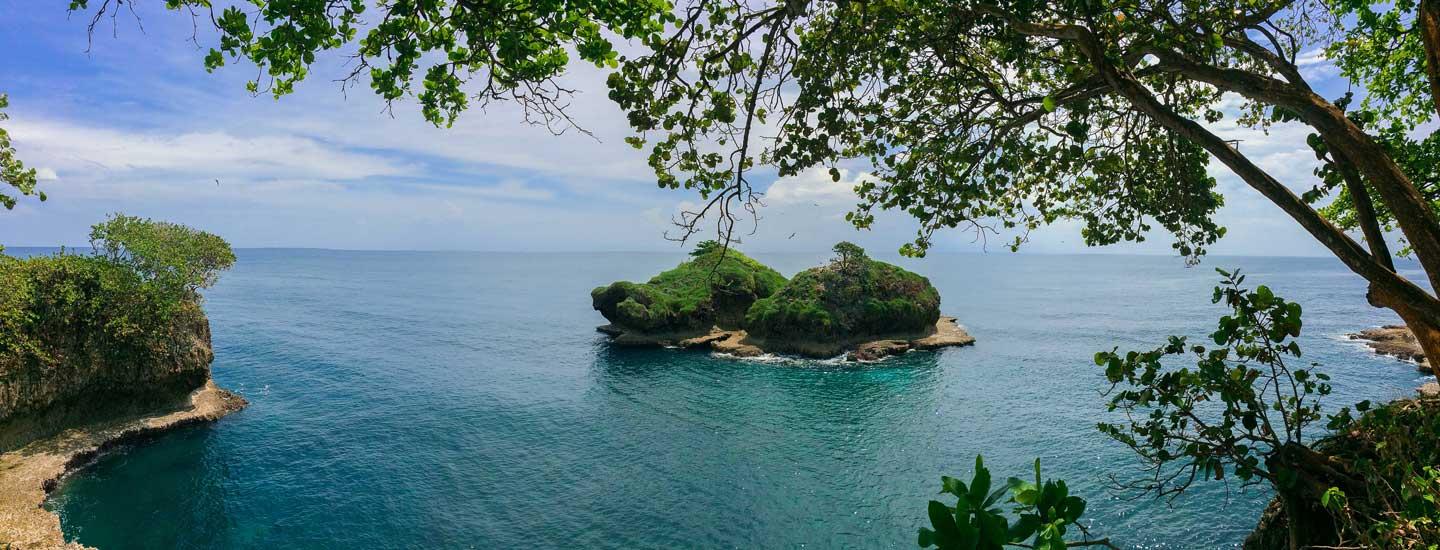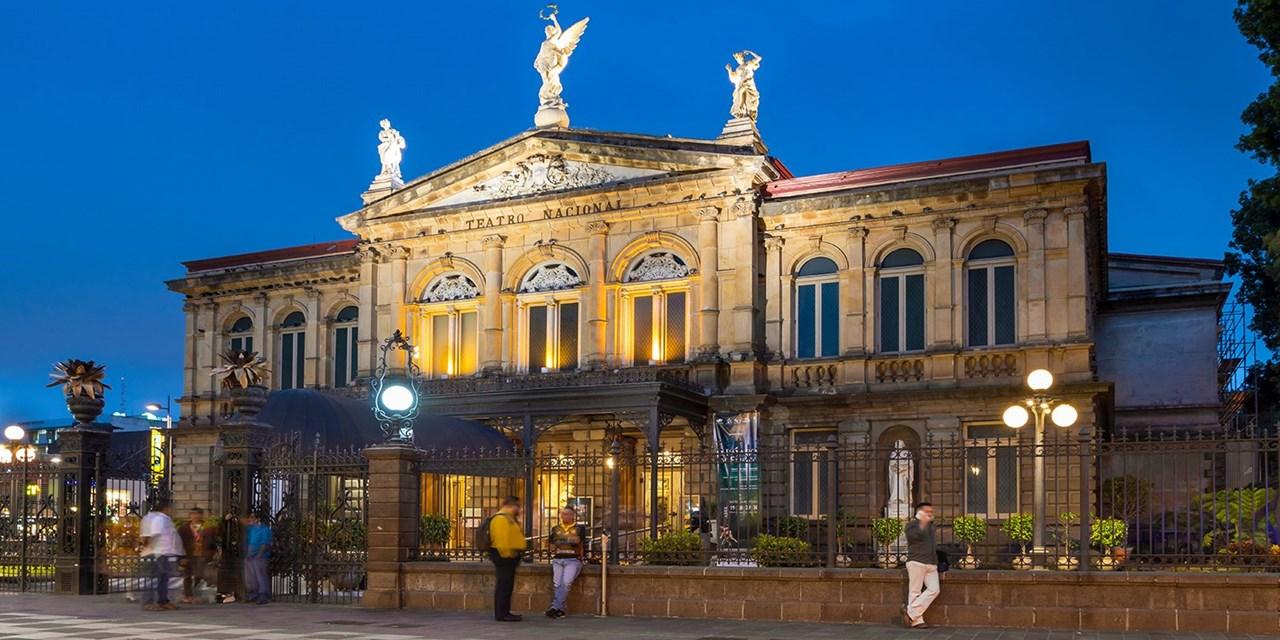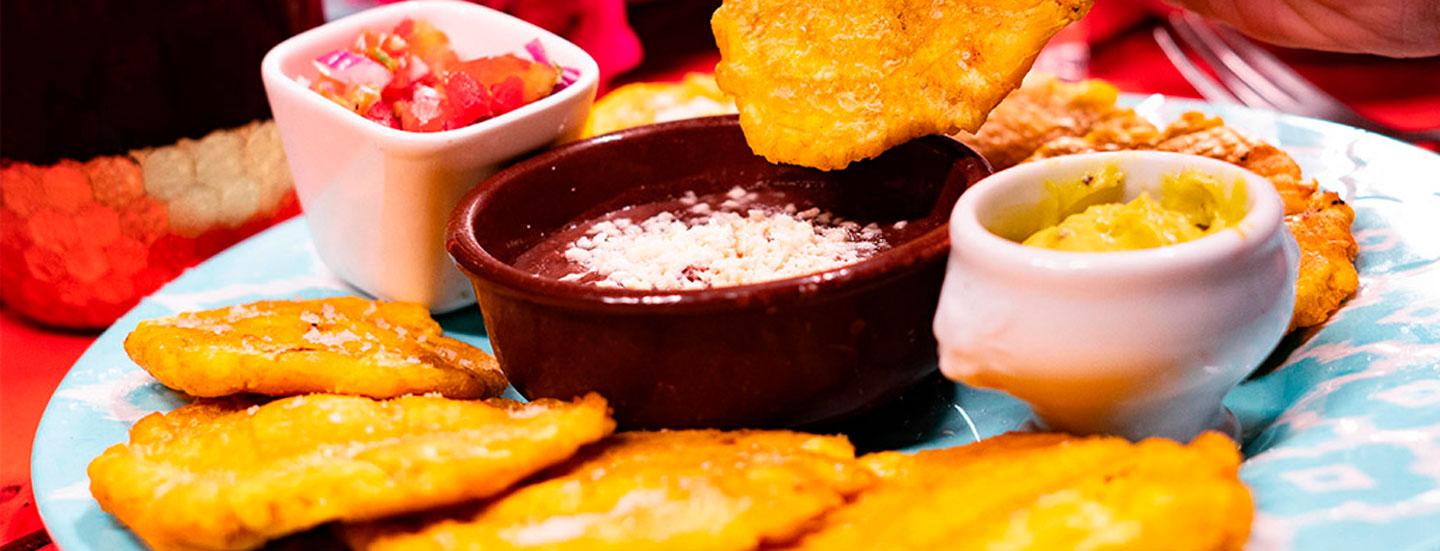about the region
This tourism area covers 5,027 square miles with 200 miles of coastline. It makes up the Costa Rican Caribbean, which extends from the San Juan River to the Sixaola River along the Panamanian border. The city of Limón is located in the center of the tourist sector with a port and many tourism areas.
In the northern sector, the main attractions involve the green tortoises' nesting grounds along the beaches of the Tortuguero National Park and the Barra del Colorado National Wildlife Refuge. This area is known for sport fishing of sea bass, shad, and other species. The aforementioned refuge is complemented by a river system that joins the port of Moín with Barra del Colorado, which is both an attraction, as well as the only means of transportation. Its offers are nature-based, particularly fauna observation, since it is known worldwide for its bird and turtle observing activities.
The area exhibits a unique mix of beach, natural resources and Afro Caribbean culture in the surrounding areas like Cahuita, Puerto Viejo, and Gandoca-Manzanillo, which are located in the southern sector of the tourism area. Here there are high-quality beaches where you can find a mix of activities involving adventure and natural history, which uniquely complement the local culture, gastronomy, and music. The area is also known for its coral reefs, multicolored sand beaches (black, yellow, and grey), coastal vegetation, and medium-high forests.
750 km of rivers to paddle
200 km of coastline to explore
4 protected areas known worldwide for its bird and turtle observing activities
exploring the Caribbean zone
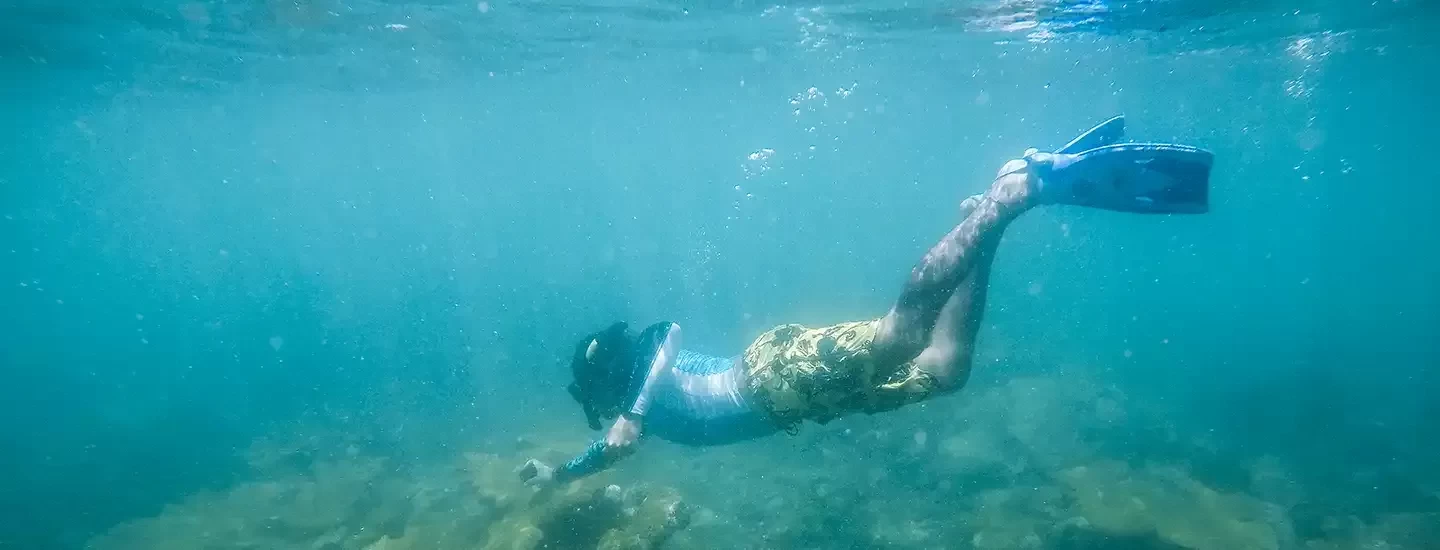
plan your trip to the Caribbean
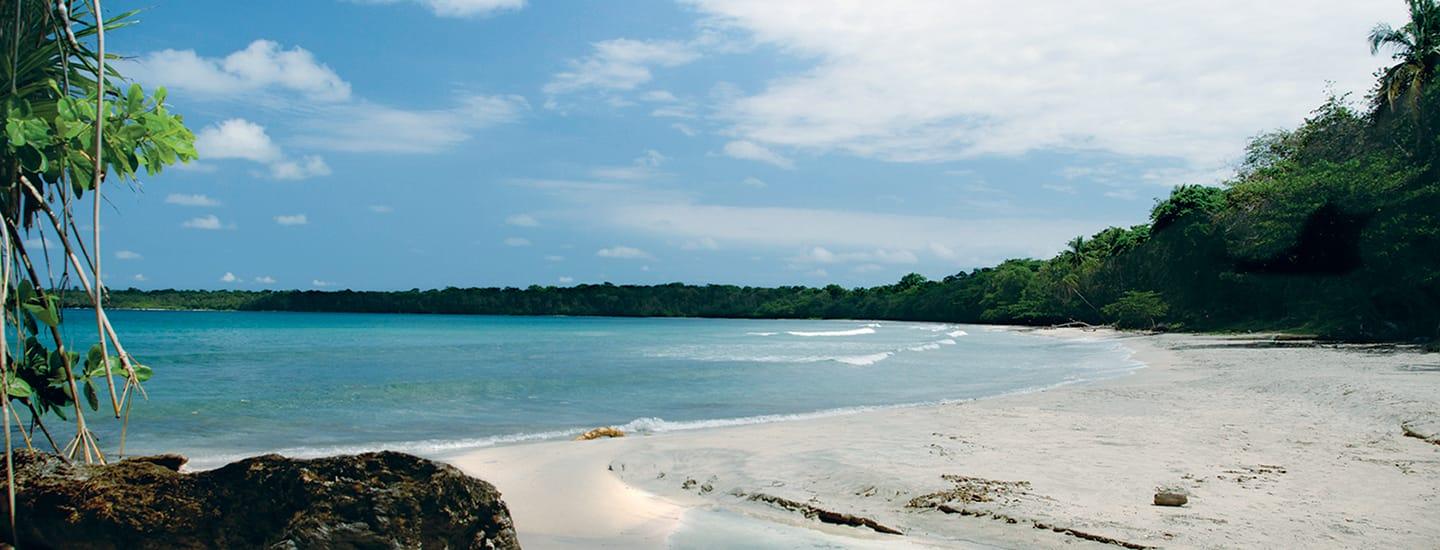
Caribbean's top 10
The Tortuguero Channels represent the country’s second largest wetland and are considered by many visitors as the Amazon of Costa Rica for the natural and high biodiversity it hosts. It is located in the northern part of the Costa Rican Caribbean and you can only access the area by boat or plane. It is the most important place for nesting sea turtles in the country, especially between March and October. Tortuguero Village lies between the channels and the open sea, and is the only town center area. In this area you will find several hotels along the channels. Tortuguero is definitely a magical place for bird watching because you can find more than 400 different species, a unique site for enjoying a unique natural experience.
The Caribbean region is identified by its rich culture full of African descent and indigenous nuances, forming a unique blend of the country. Food, drink, music, and local customs make this area a wonderful attraction for both domestic and foreign visitors. The Old Port of Talamanca is a very colorful beach town, with a varied cuisine and dozens of different activities for discerning visitors.
The Caribbean beaches, of both black volcanic sand and clear sand, keep the visitors happy while enjoying the sun and the rain forest that reaches the sea. Its natural wealth is well represented in Cahuita National Park and in its live coral reefs (35 species of coral) surrounding the Punta Cahuita. For lovers of surfing and snorkeling, the Caribbean is one of the most beautiful choices. One of the most popular beaches of Cahuita is the Black Beach, which has different sectors of inlets, coral platforms, coves and sandy beaches.
The Caribbean is well known for its wildlife, most notably the sloth. Located south of the Caribbean coast road to Cahuita is the Sloth Sanctuary, a place that is 100% funded through educational activities and tourism, with the main purpose of caring for the wildlife of the place The site offers boat trips on the Estrella River for observation of the fauna and flora, as well as various tours to learn about its rescue activities.
The Cordillera of Talamanca is located in southern Costa Rica and it is a magical site that continues to maintain its original virtue. It adjoins the La Amistad National Park, which is one of the few parks in the world that is shared by two nations, in this case Costa Rica and Panama. In its dense vegetation secrets, indigenous groups live in hiding, maintaining their culture and customs. The area's largest indigenous group is the Bri Bri, divided into several clans along the different indigenous reserves in the area. One of the most interesting and open to visitors is located on the banks of the River Yorkin, on the border with Panama.
The Gandoca-Manzanillo Wildlife Refuge is a beautiful place located south of the Caribbean Coast. It consists of two beaches, Manzanillo and Gandoca, and patches of rainforest. Both beaches are known for their lush coastal vegetation and beautiful landscapes, although they are very different beaches. The beach of Manzanillo has yellow sand and moderate waves, while Gandoca Beach has gray sand and stretches for several kilometers to join the mouth of the Sixaola River. Also, the Gandoca-Manzanillo Wildlife Refuge is ideal for observing the spawning of the leatherback turtle, especially between the months of April to August.
Located a few kilometers from Puerto Viejo, Cocles is an extensive white sand beach, special for surfing because of its moderate waves. To the north, you can see the Pirripli Point, which has a beautiful rocky island of the same name. This area is also popular for visitors who want to snorkel, as the coast of Cocles there is a small coral reef.
The Bri Bri villagers were known known as the people of cocoa. For a long time cocoa plantations were depleted due to illnesses introduced to Costa Rica, but now plantations have recovered and produce one of the best cocoas in the world. Several permaculture projects have developed sustainable cocoa tours aimed at teaching the process of making handmade chocolate. The Caribbean region is a special place to enjoy this sensory experience and also learn the cocoa production process.
Maintaining the unique characteristics of the Costa Rican Caribbean, the City of Limon rises as the economic center for being the quintessential country's port and resort area because of its large influx of cruises almost year round. From the City of Limon, it is easy to visit any tourist destination in the Caribbean, both to the south and north. The old town has the characteristics of a historical center and the architecture is very particular. One of the main attractions of the city of Limon is the Uvita Island, a small island located on the shores of the harbor, where you can snorkel, walk, and enjoy beautiful sceneries.
Both the Tortuguero Channels, as well as the Barra del ColoradoNational Wildlife Refuge, have the same geological origin, as they form an extensive floodplain made up of pipes, channels and olive green lagoons, all of which communicate with each other; an example is the Palma Reed that connects the Penitence Lagoon in Tortuguero with the Samay Lagoon in Barra del Colorado. It is also one of the rainiest areas of the country (5,000-6,000 mm), which makes this an immense natural wealth area. The town of Colorado is a small place of commerce for fishermen and farmers in the area. In terms of tourism, it offers the basics for visitors seeking an adventure in fishing and to relax in a away from the bustle of the city.






